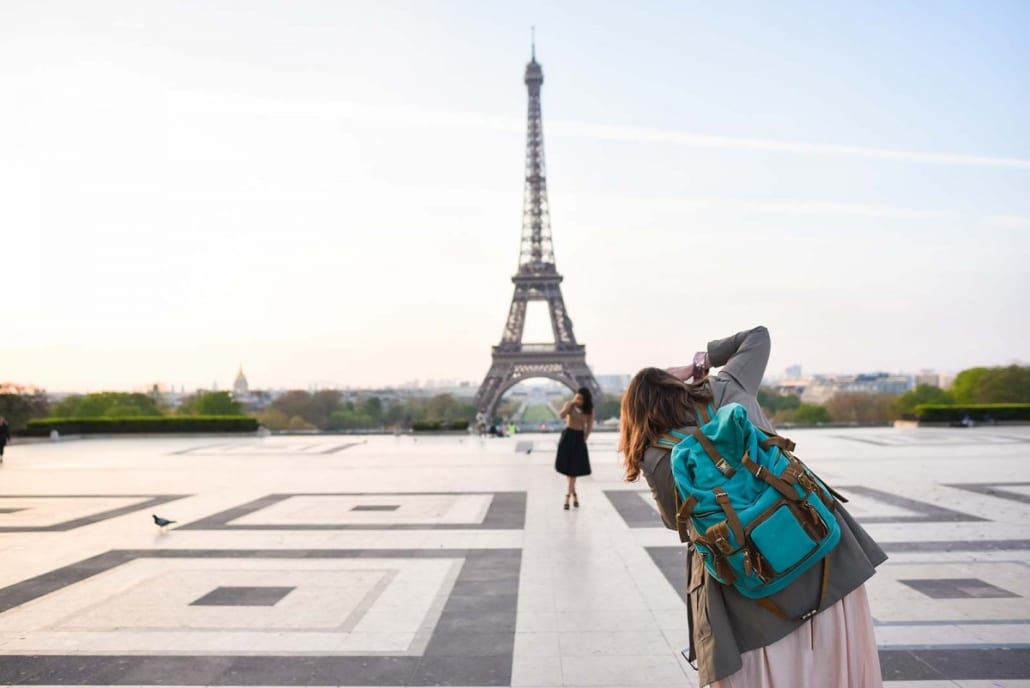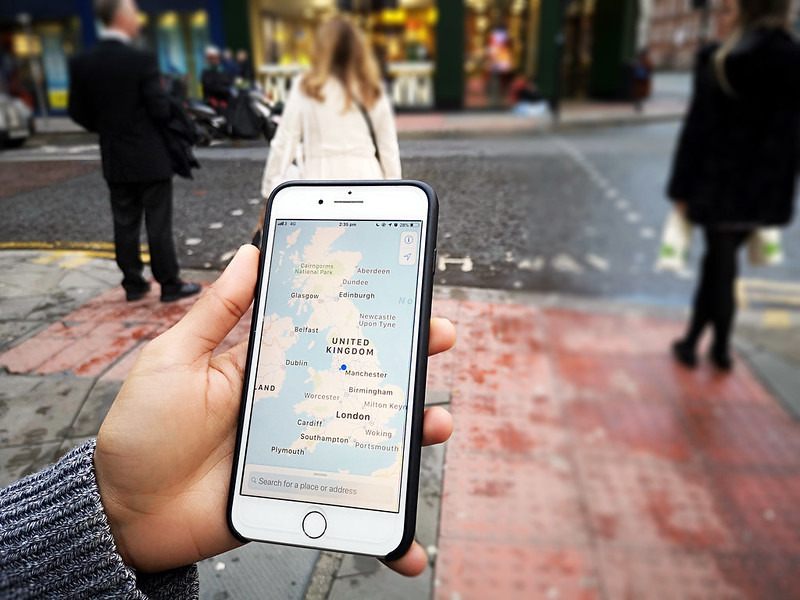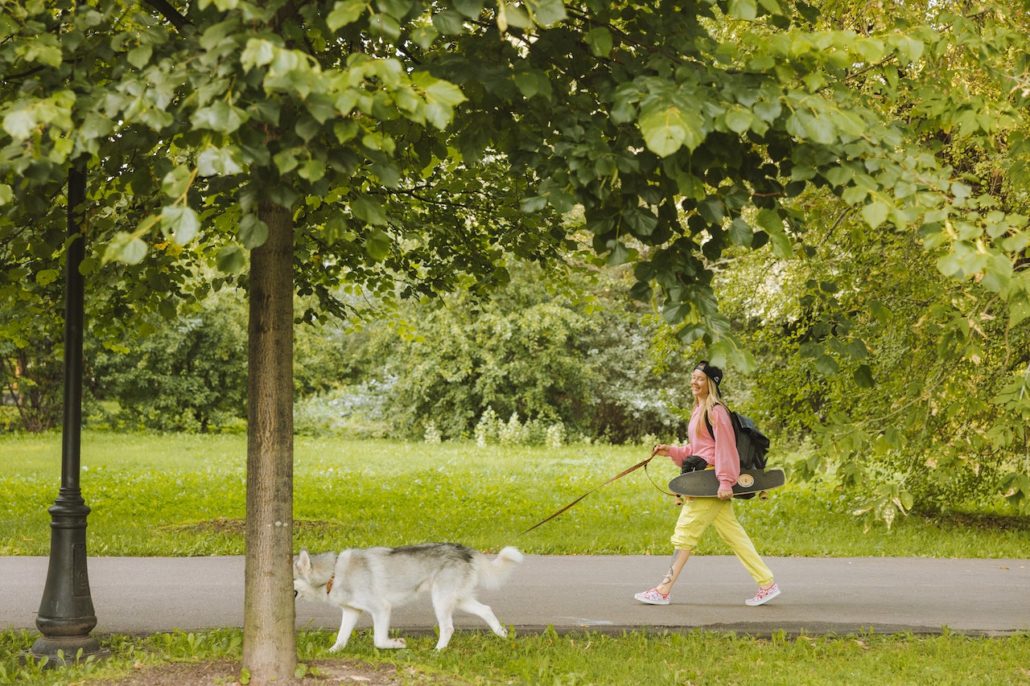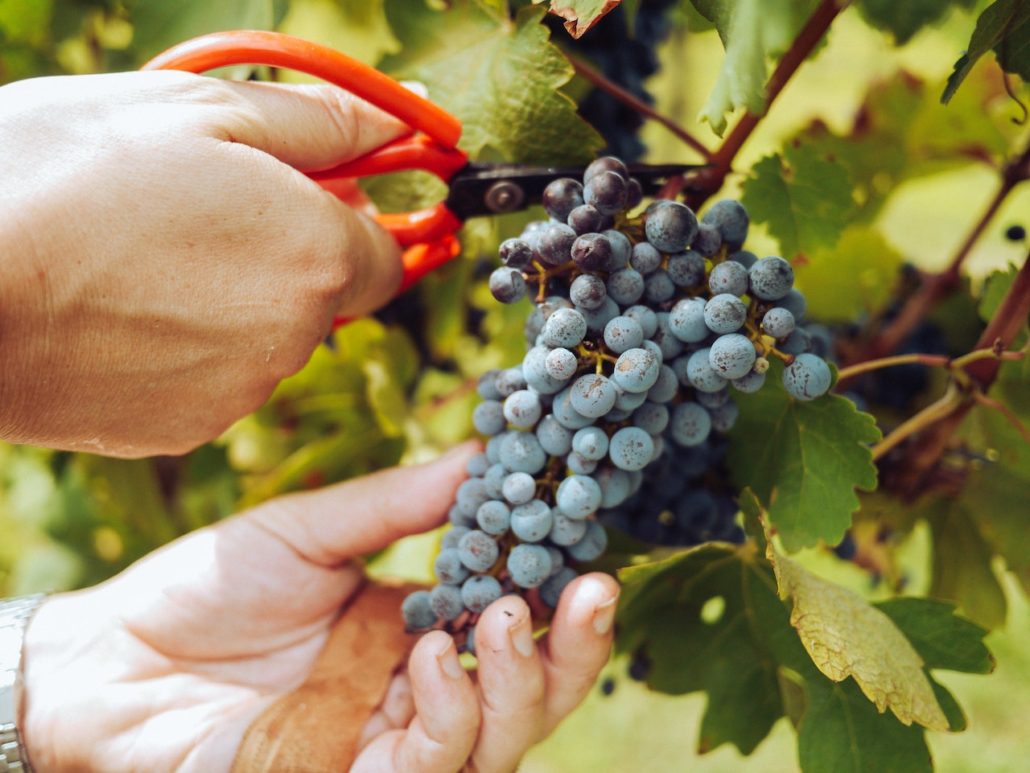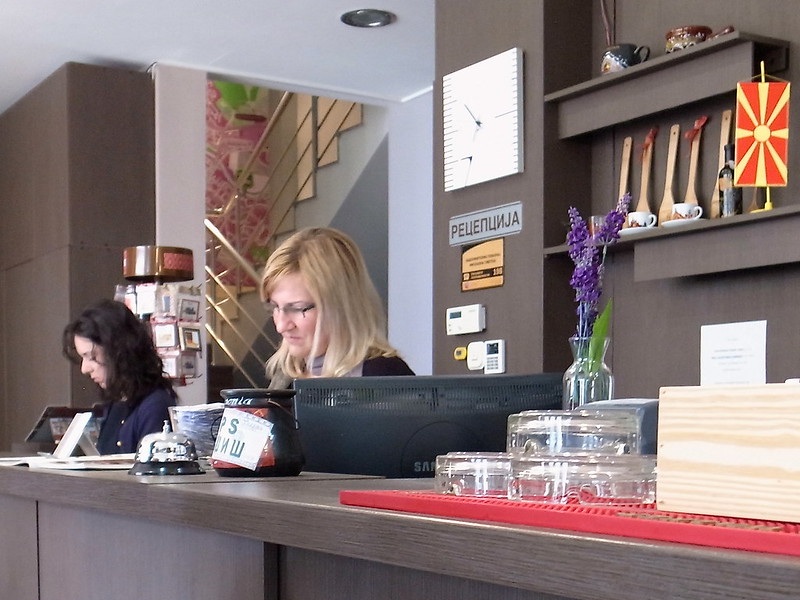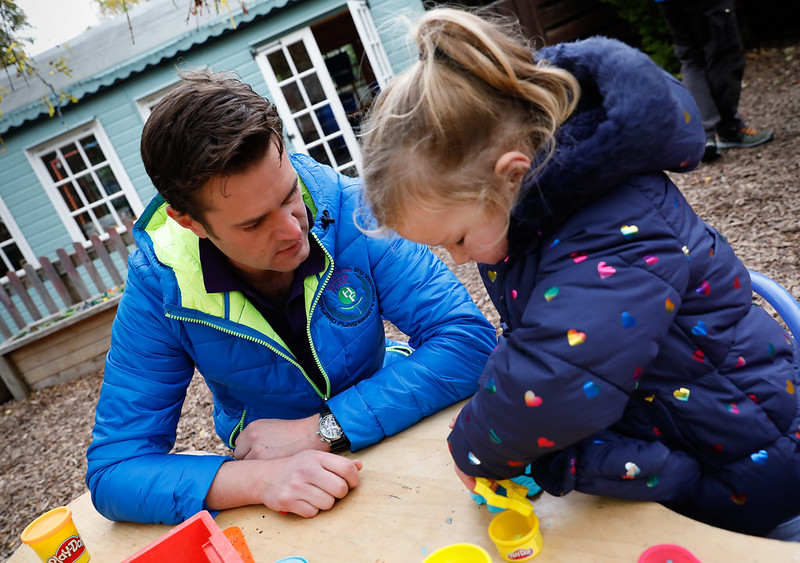Unpacking the heritage of the heart of Bavaria, Munich hosts Oktoberfest, the world’s largest folk festival. The annual event dates back to a time-honoured tradition in 1810. If this is your inaugural foray into the heart of Bavarian culture, there are numerous aspects to consider when enjoying your first Oktoberfest.
Embarking on an Oktoberfest Adventure
The Oktoberfest recognises Munich’s beer heritage. There are fourteen large and twenty smaller tents, all brimming with unique brews that especially cater to this festival. Each massive tent holds thousands of people and serves beer from Munich’s six major breweries. Your baptism into the Munich beer culture is not just about consumption; it is equally about appreciating the craftsmanship of these age-old breweries.
Selecting the ideal beer tent for your Oktoberfest celebration might be difficult. Larger tents, like the Hofbräuhaus, offer a full Oktoberfest experience, complete with loud music, mouthwatering pretzels, and the opportunity to dress in traditional Bavarian garb. Smaller tents, on the other hand, provide a more private environment for a distinct but no less pleasurable experience. While some tents may let walk-ins during certain hours, it’s best to make reservations in advance to guarantee your seat. This way, you can still have flexibility with your Oktoberfest plans.
Brush Up on Oktoberfest Etiquette
Any local from Munich would tell you that Oktoberfest is not just a beer festival; it’s a celebration of Bavarian traditions, which includes certain etiquette rules. For instance, clinking glasses is a common tradition but make sure you do it at the bottom, not the top of the stein, as it’s less likely to break. Be aware that standing on tables is considered rude and is even prohibited in certain tents.
When it comes to celebrating their cultural history, Bavarians take great satisfaction in dressing in traditional Trachten during Oktoberfest. Men often dress in Lederhosen, while women choose to wear dirndls, displaying the classic and unique looks that are connected to Bavarian culture. While not required, donning these clothes is a beloved custom that enhances the overall authenticity of the Oktoberfest experience. Wearing dirndls and lederhosen at this legendary holiday promotes a communal celebration of tradition and friendship in addition to expressing a feeling of cultural identity.
Understanding Oktoberfest Timings
Officially, Oktoberfest starts at noon on the first Saturday of the festival when the Mayor of Munich taps the first keg and declares “O’zapft is” (“It’s tapped”). For two weeks, Munich is full of merriment with beer flowing and traditional music filling the air until the early hours.
It’s a good idea to plan your Oktoberfest visit during the week, rather than the weekend, to escape massive crowds. Also, remember that tents start serving beer from 10 a.m. on weekdays and 9 a.m on weekends, while the last call for beer is at 10.30 p.m.
Fully Enjoying your First Oktoberfest
If this is your first Oktoberfest, you should get ready because the colourful events can be a little overwhelming at first, with throngs of people, immersive settings, and many beer tents to navigate. You may better appreciate the cultural spectacle and ensure that you get the most of your festival experience by anticipating and preparing for this extraordinary experience.
Food is your Friend
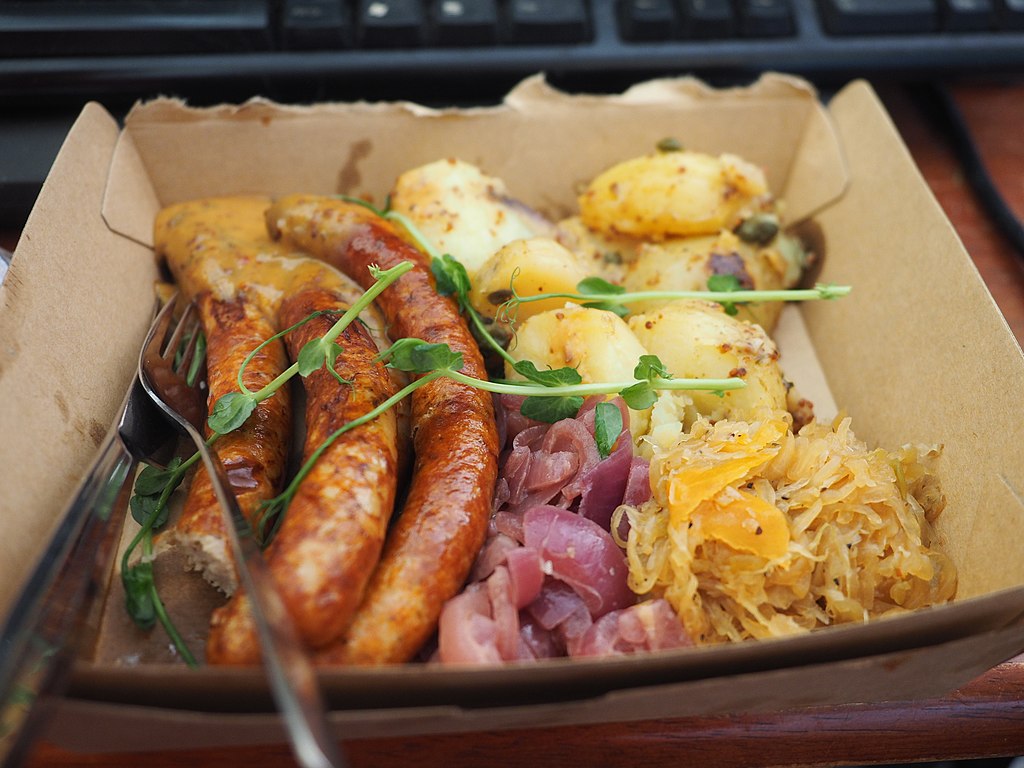
Try some of the local food during Oktoberfest
Oktoberfest would not be complete without indulging in typical Bavarian food such as Würstl (sausage), Hendl (roast chicken), and Bretzels (giant soft pretzels). These delectable treats enhance the joyful mood of the occasion while also showcasing the culinary legacy of the area. In addition to their cultural significance, savouring these salty snacks can be a delicious way to pair with the variety of beers on offer, making for a well-rounded and satisfying culinary experience during Oktoberfest.
Transport and Accommodation in Munich during Oktoberfest
Oktoberfest attracts more than six million visitors each year, so it’s prudent to book your accommodation early. Oktoberfest is easily accessible by public transport, so stay near a U-Bahn (underground railway) or an S-Bahn (commuter train) station. It’s discouraged to drive in Munich during Oktoberfest due to road congestion and expensive parking.
Health and Safety during Oktoberfest
Like any grand public event, it’s crucial to keep track of personal belongings while being courteous to others during Oktoberfest. Pay attention to health as excessive drinking can lead to dehydration. Holding back on your beer consumption is one sure way to fully enjoy your first Oktoberfest experience without any unfortunate incidents.
To conclude, Oktoberfest in Munich is an unforgettable celebration of Bavarian traditions. From authentic Bavarian food and music to native clothing and the world’s most loved beer, everything about this festival is grand and delightful. Preparing oneself not only enhances the experience but ensures that the best aspects of Oktoberfest are relished to the fullest. So now with these tips, you are all set to fully enjoy your first Oktoberfest. Get ready to savour up the genuine Bavarian spirit. Prost (Cheers)!

